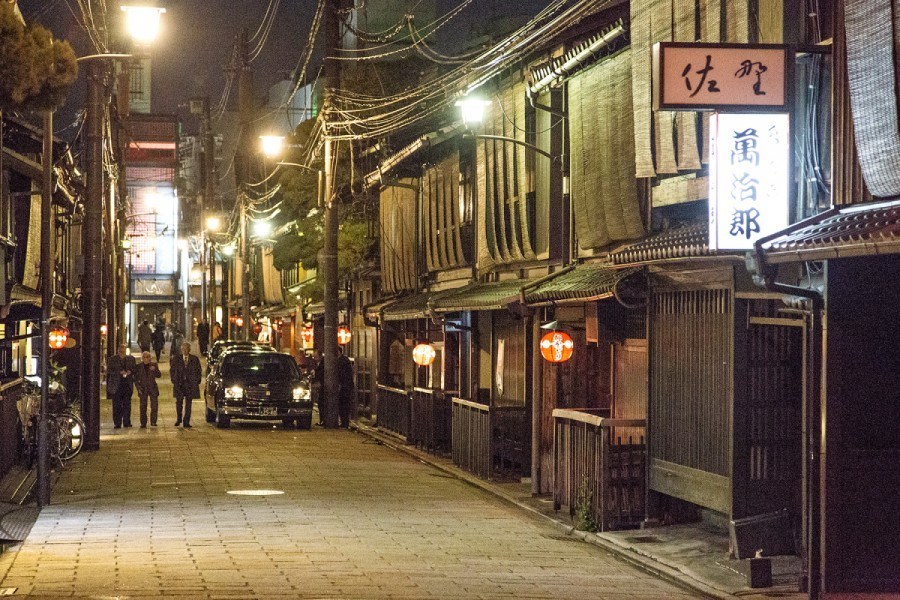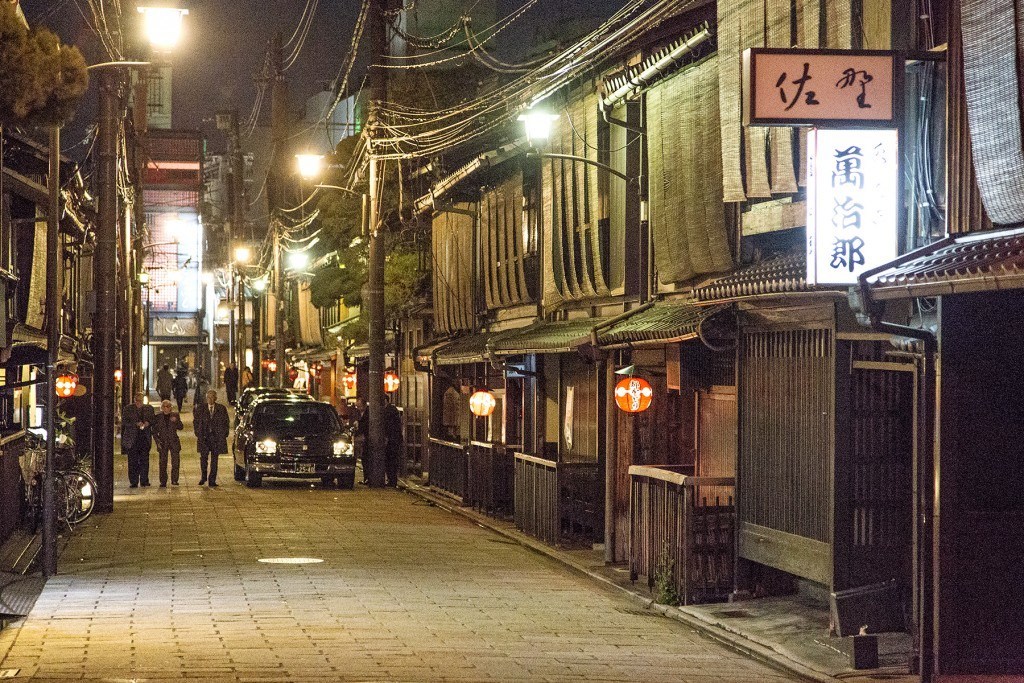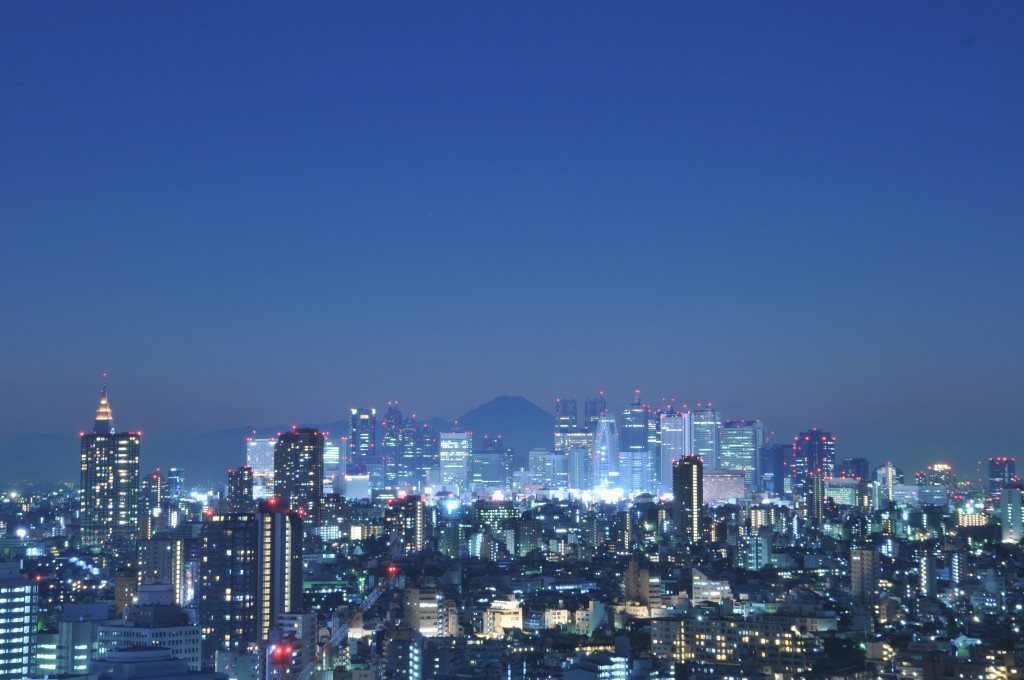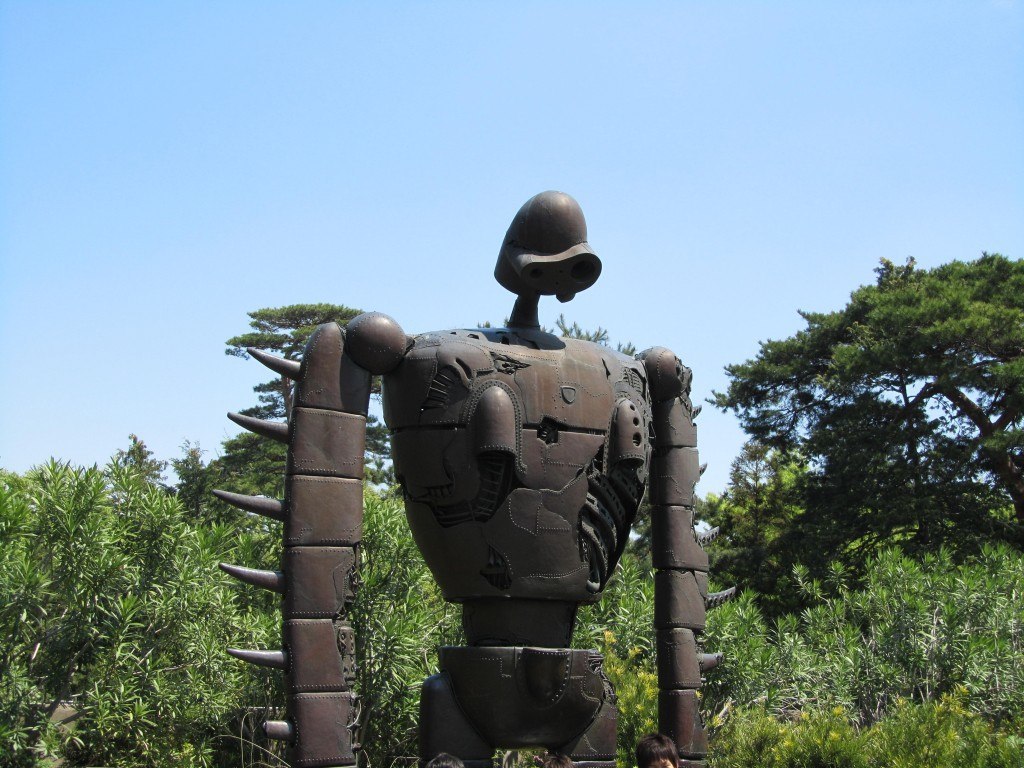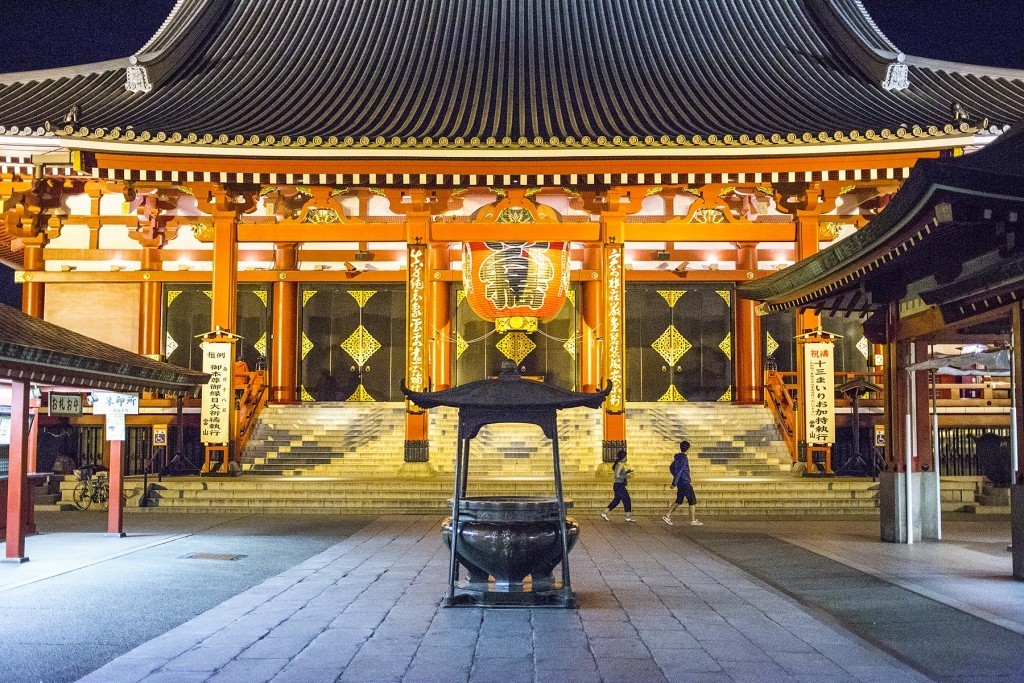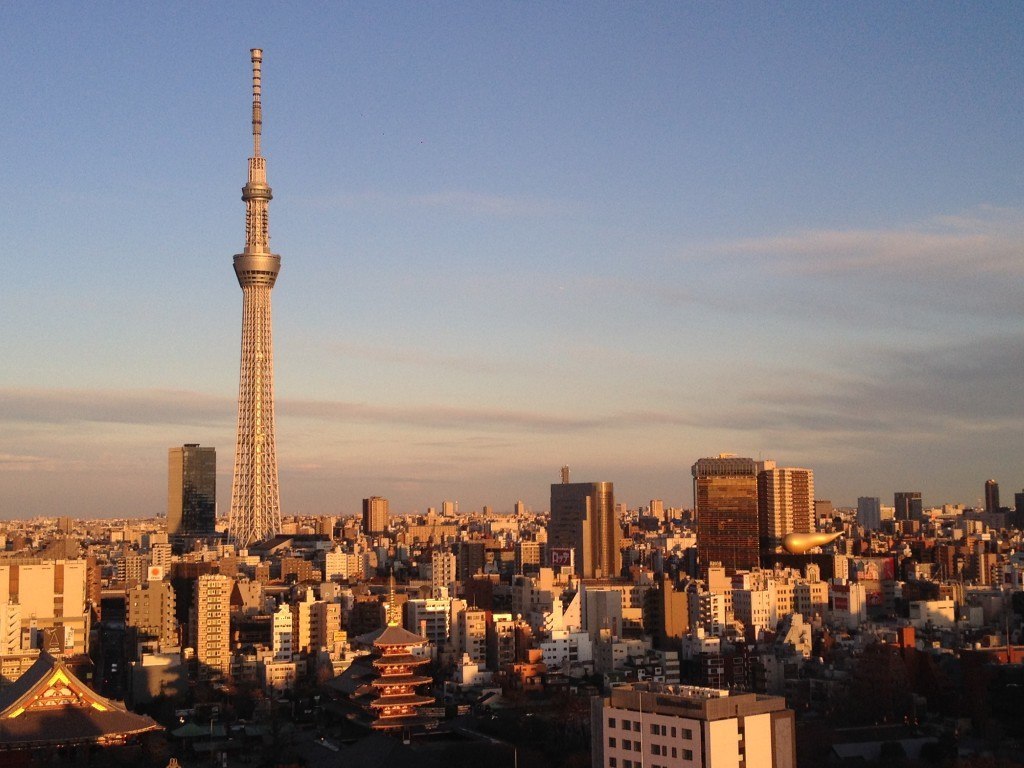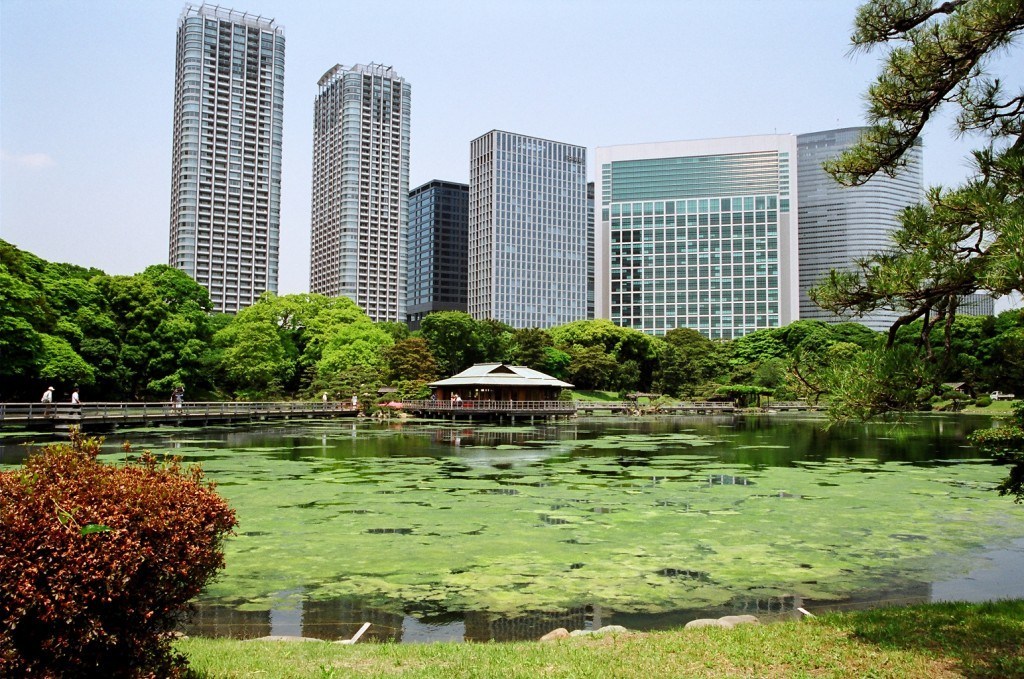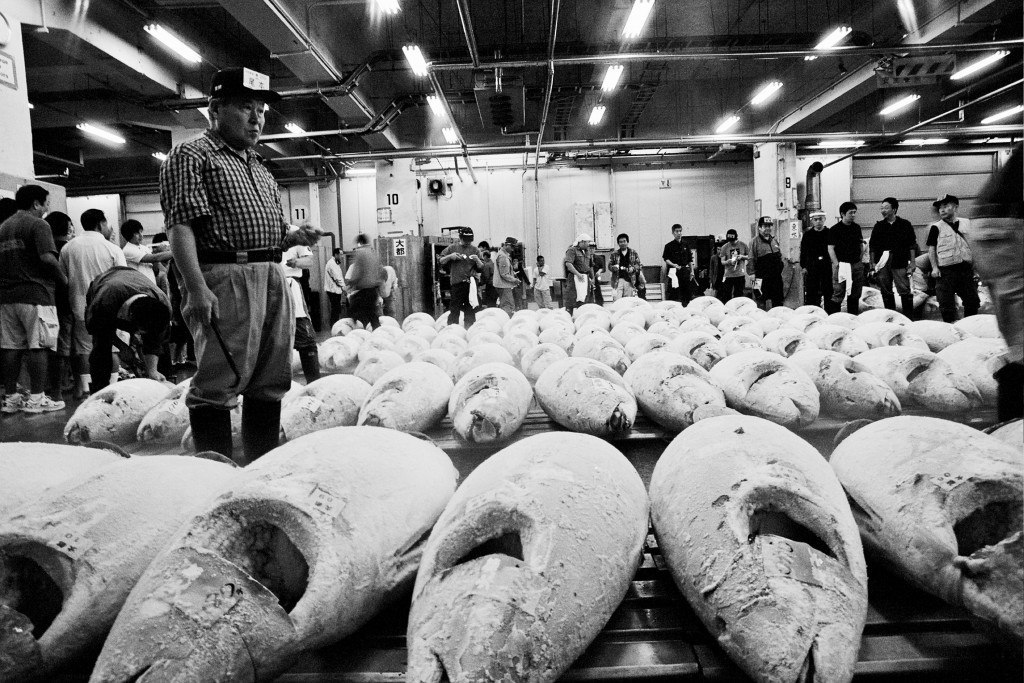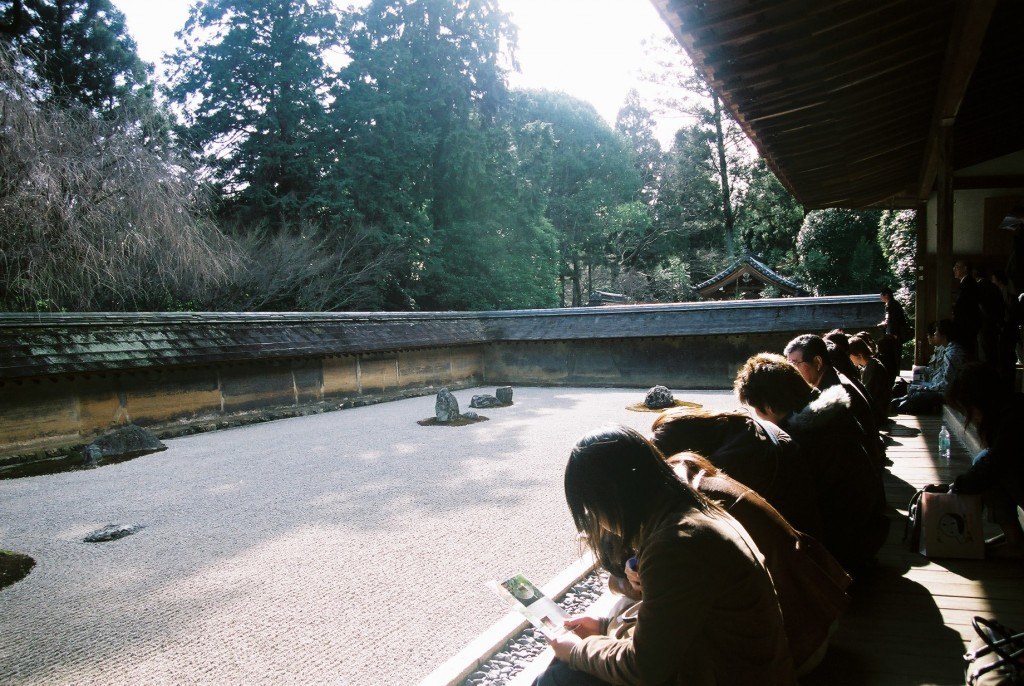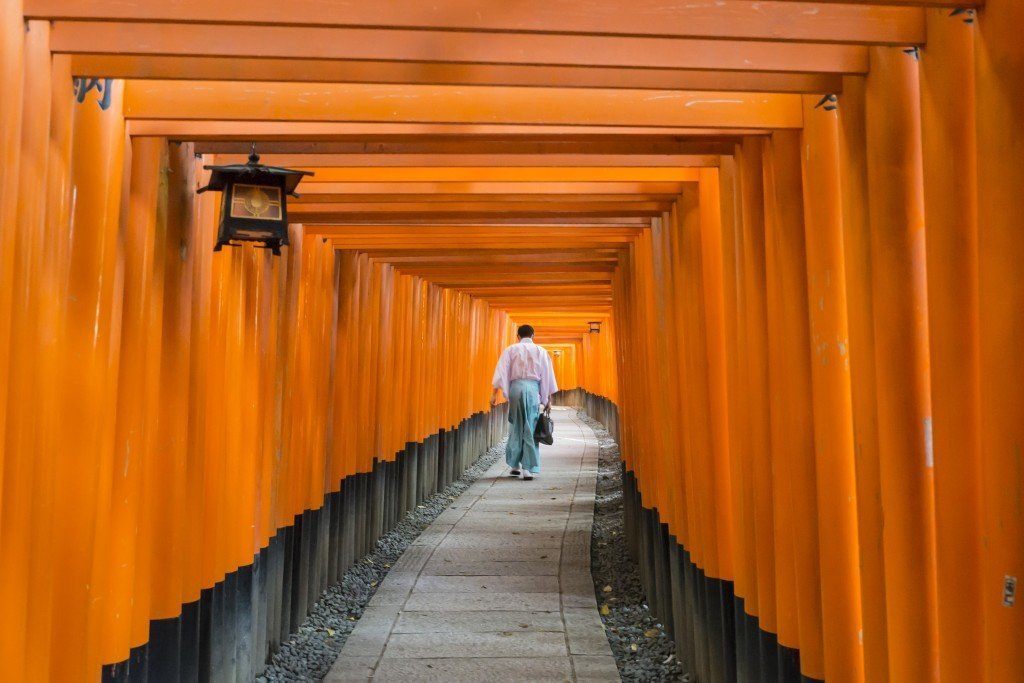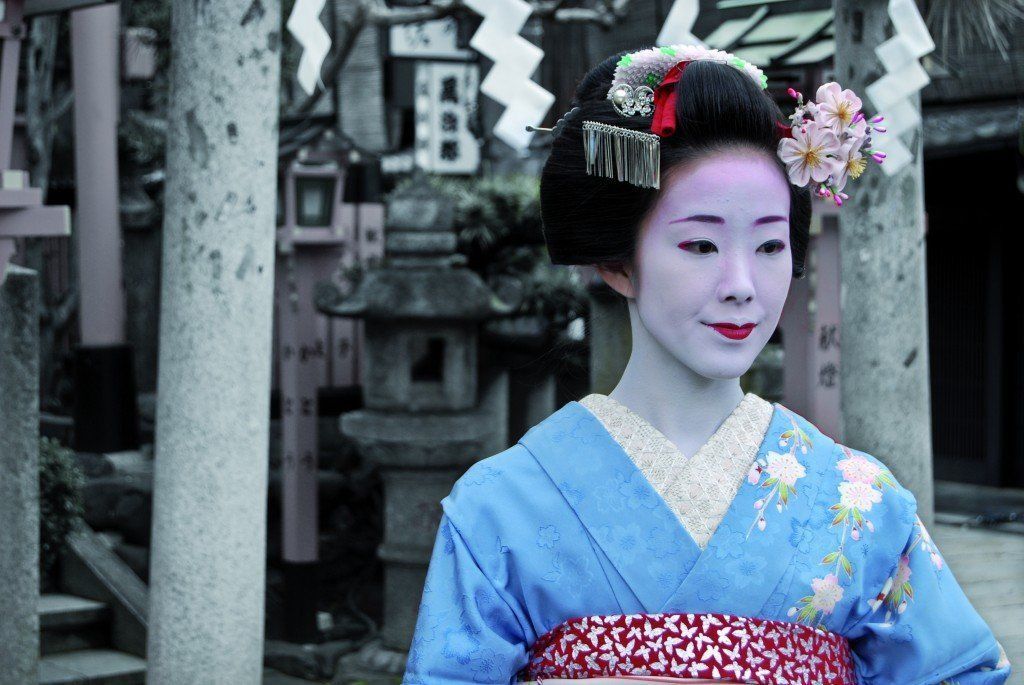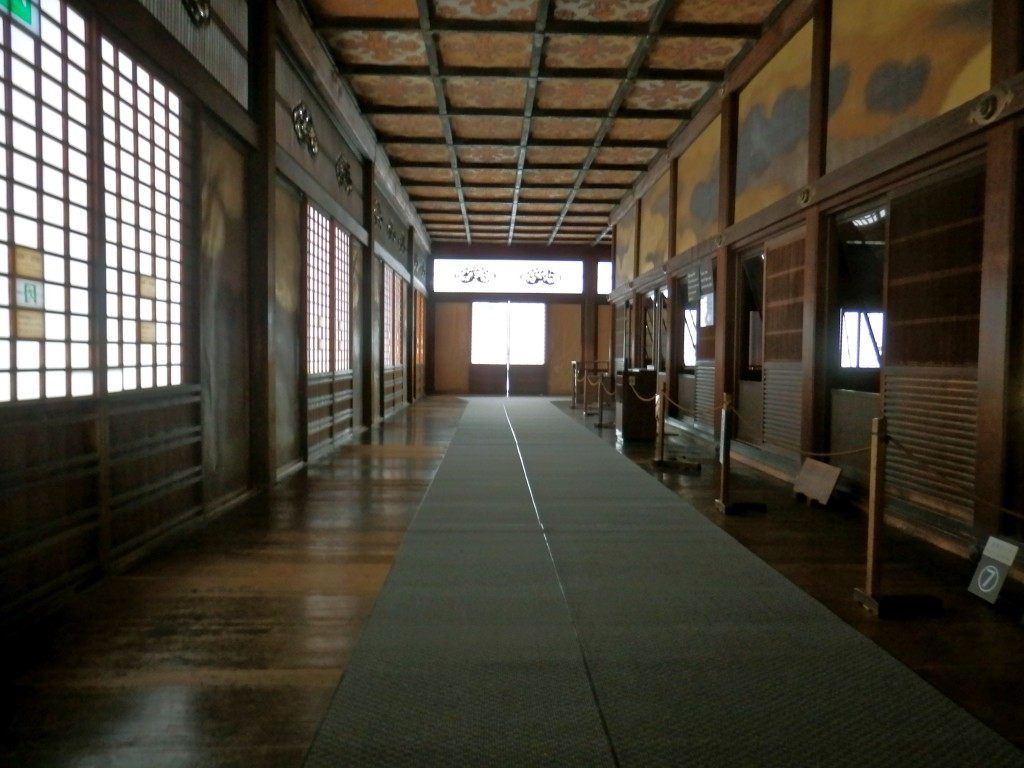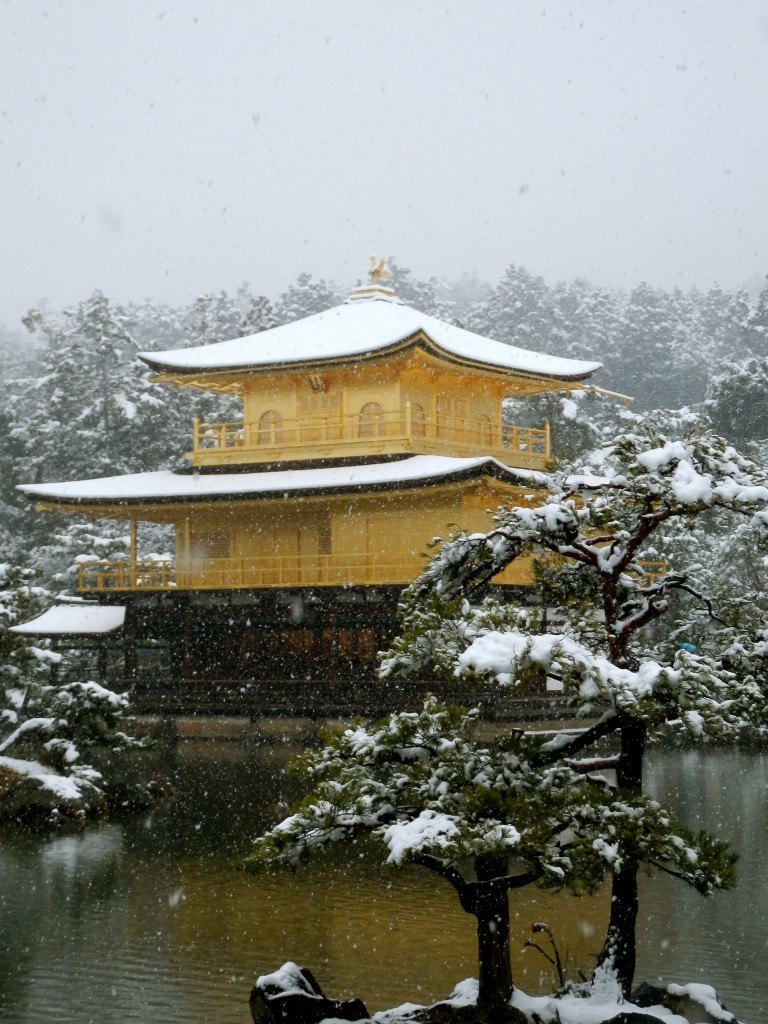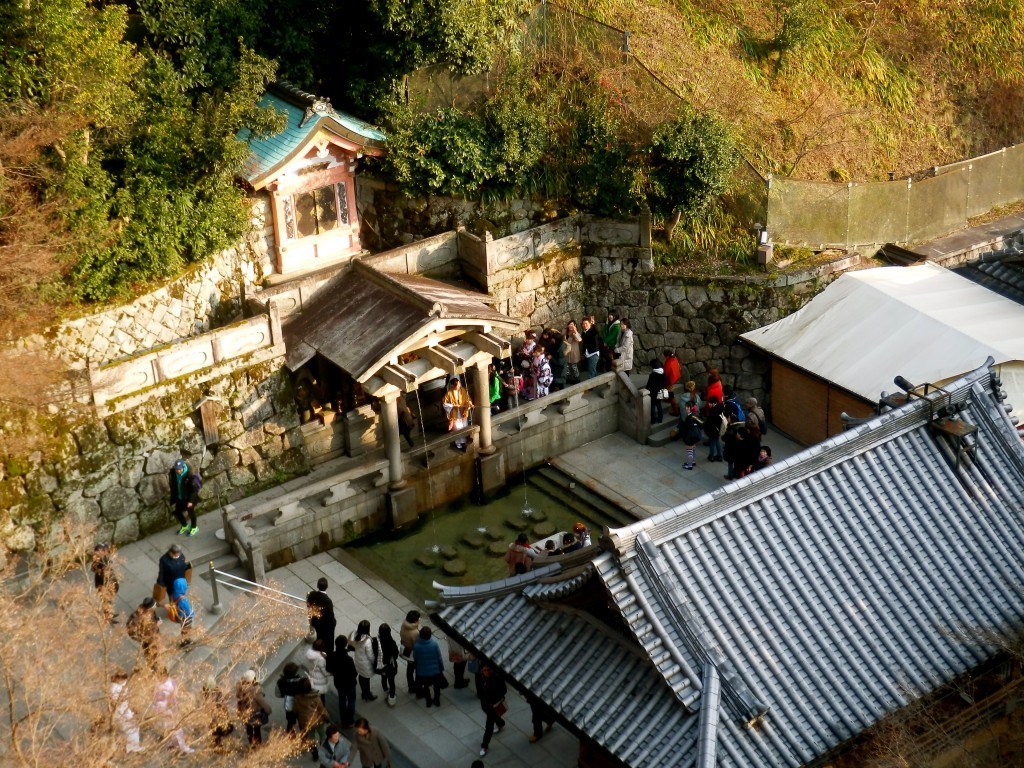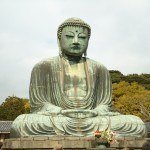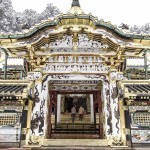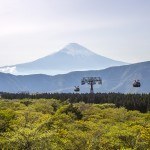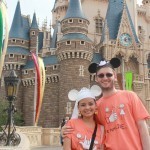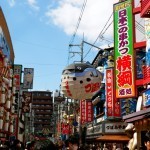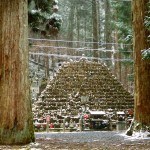Like this post? Help us by sharing it!
Just to set the record straight before I begin, if you’re umm-ing and ahh-ing about whether you should visit Tokyo or Kyoto on your trip to Japan, you can stop right away. The answer is simple: you should visit both.
But what if it doesn’t tie in with your holidays plans? What if you don’t have time to do both? In that is the case, this blog post is your whistle-stop tour of Japan’s two greatest cities and their multitude of attractions. I warn you, though, it won’t make the decision any easier!
History in a nutshell
Tokyo
Ever since Japan’s economic bubble of the 1980s, Tokyo has been a byword for high modernity and space-age technology. Think of Tokyo and you’ll probably imagine a Bladerunner-esque landscape of soaring skyscrapers, neon lights and overhead flyovers – and there are certain times (when soaring across Tokyo Bay on the monorail to Odaiba Island, or when standing in the midst of the clamour of Akihabara, for example) when Tokyo seems to live up to its futuristic reputation. But it wasn’t always like this.
Tokyo began life as a small fishing village called Edo (meaning “estuary”). Fortified by the Edo clan in the late 12th century, it boasted a castle by 1457, and was chosen to become the centre of the military government of Shogun Tokugawa Ieyasu (the founder of Japan’s most powerful shogunate) in 1603. Over the course of the long and peaceful Edo Period (1603-1868) to which it gave its name, the city of Edo became one of the largest and most populous cities in the world: Japan’s capital in all but name.
In 1867 the last Tokugawa shogun was overthrown, and in 1869 the young Emperor Meiji moved his imperial capital from Kyoto to Edo – renaming it Tokyo (meaning “eastern capital”).
In the 20th century, Tokyo suffered two major catastrophes: the Great Kanto Earthquake of 1923, which killed 140,000, and World War II, which saw the city’s population dwindle from 6.7 million to just 2.8 million. Both events wrought widespread destruction on the mainly wooden buildings of the city.
Following the war, Tokyo defied all expectations to make a spectacular recovery, culminating in the economic bubble of the 1980s, which brought the breakneck development and massive building projects that made Tokyo what it is today.

Kyoto
Often posited as the yin to Tokyo’s yang, the city of Kyoto is considered by many to be the custodian of Japan’s traditional culture – with a beautiful temple, shrine or garden seemingly hidden behind every corner and sliding door. This reputation is the legacy of more than a millennium as Japan’s imperial capital, which, as you might expect, left the city with an incredible repository of cultural and historical treasures.
Kyoto (or Heian-kyo, as it was originally known) was established as imperial capital by Emperor Kammu in 794, inaugurating the Heian Period (794-1159) of Japanese history. The city was based on the grid-style capital of Chang’an (now Xi’an) in China, and remained the political as well as the cultural heart of the country until power shifted to Kamakura in 1185.
Despite suffering destruction in various conflicts over the centuries, Kyoto was spared bombing during WWII and survives today in better condition and with more pre-war buildings than most Japanese cities.
Kyoto’s reputation as historical treasure-hoard leads many first-time visitors to expect a quaint, wood-panelled town with quiet, traditional streets – but don’t be fooled. Kyoto did not escape from modernisation unscathed, and today you will find a bustling, modern city that hides its cultural gems beneath a veneer of concrete, steel and glass.

See and do
Tokyo
Tokyo has pretty much everything, if I’m honest. The way the city grew over the years to absorb neighbouring towns means that there is no one “city centre”, but a number of different centres, each with its own character and attractions.
Shinjuku is the entertainment and business hub, packed with skyscrapers; Akihabara “electric town” is the home of flashing neon, Maid Cafes and otaku counterculture; Asakusa is the city’s traditional district, home to Senso-ji Temple and souvenir shops; while Harajuku is the mecca for Japan’s outrageously-attired youths and atmospheric Meiji Shrine. These are just a few of Tokyo’s many districts – there’s also cosmospolitan Roppongi, exciting Shibuya, seedy Kabukicho, futuristic Odaiba, upmarket Ginza… you could stay in Tokyo for years and feel as though you haven’t seen it all.
What are the highlights? Of course, that’s a very subjective question – and in a city that offers so much, you could choose almost anything. These are a handful of great sights and experiences to start with:
Tsukiji Fish Market – the largest seafood market in the world, Tsukiji welcomes tourists every morning for the tuna auctions and fascinating main market. Go now, as it’s due to move to a new location soon – and will stop accepting visitors!
Golden Gai – hidden in the middle of Shinjuku, Golden Gai is a totally unexpected slice of old Edo slap-bang in the skyscraper district. With just six narrow alleyways groaning with over 200 tiny clubs and eateries, bar-hopping here is an unmissable Tokyo experience in my book.
Hamarikyu Gardens – Sipping green tea at the teahouse in the serene centre of Hamarikyu Gardens, quite literally an oasis at the heart of the metropolis, is a definite must. Even Prince William thinks so!
Tokyo Skytree – Tokyo’s 634m Skytree is the tallest tower in the world, and the views from the top are incomparable. If you’re strapped for cash, however, you can take in your surroundings for free from the top of the Tokyo Metropolitan Government Building.
Senso-ji Temple – Located at the heart of Asakusa, Tokyo’s most traditional district, the bright red Senso-ji is the city’s oldest temple. Be sure to wander the surrounding market stalls and grab a bite to eat from a roadside stand!
Studio Ghibli Museum – For fans of Hayao Miyazaki’s animated masterpieces, the Studio Ghibli Museum in the Tokyo suburbs is a must-visit.
Kyoto
What’s to see in Kyoto? Temples, temples, temples. And maybe a garden or two….so much more!
A visit to Kyoto is a chance to see some of Japan’s finest historical architecture, and with over 2,000 temples and shrines to choose from – we’re sure the city won’t disappoint! If you get tired of temples, moreover, there is plenty more to keep you busy, from a rickshaw ride through the bamboo groves of Arashiyama to a morning spent sampling the delights of Nishiki food market. Here are just a few of Kyoto’s highlights:
Fushimi Inari Shrine – my own personal favourite, Fushimi Inari’s tunnels of red torii gates have been immortalised in countless travellers’ photographs and are even more impressive in the flesh.
Kiyomizu-dera Temple – Located on a hillside above the city, drinking from one of Kiyomizu’s three streams is said to improve your luck in either brains, love or money.
Kinkaku-ji Temple – This golden pavilion at the centre of a lake is one of Kyoto’s most famous sights. It’s even more beautiful in the snow, as I found out last winter.
Ryoan-ji Temple – Japan’s most famous Zen rock garden – Ryoan-ji is most definitely not more beautiful in the snow. As I found out last winter.
Nijo Castle – Quite unlike an ordinary Japanese samurai castle, Nijo is famous for its “nightingale floors”, which squeak to warn the inhabitant of intruders.
Gion – Gion is Kyoto’s traditional teahouse district, home to the city’s elusive geisha population. InsideJapan Tours can arrange for you to have a private audience with a trainee geisha – a truly rare and privileged experience!
Day trips
It’s not just what’s in the city that counts – it’s also the side trips you can make as part of your stay. For me, Kyoto really takes the biscuit in terms of nearby attractions, but many of my colleagues would insist that Tokyo wins! Decide for yourself…
Tokyo
Nikko – Perhaps the best side-trip from Tokyo is Nikko, a national park that’s home to a shrine and temple complex built in honour of Tokugawa Ieyasu.
Kamakura – A small city that once served as Japan’s de facto capital, Kamakura is famous for its lovely beaches and giant bronze Buddha.
Hakone – Japan’s most popular hot spring resort, located in the shadow of Mount Fuji. A great place to stay in a traditional ryokan inn.
Tokyo Disney – Boasting Tokyo Disneyland and Tokyo DisneySea, if you’re after a Disney fix in Tokyo you’ll be spoilt for choice.
Kyoto
Mount Koya – Though you could just about do Koya in a day from Kyoto, an overnight stay is much better. This atmospheric mountaintop temple community is my favourite place in all Japan, and a great chance to stay the night at a temple lodging!
Nara – One of Japan’s ancient capitals, Nara boasts a wide open park, a resident population of friendly deer, the largest wooden building in the world and an amazing giant Buddha, too.
Osaka – Big, brash, bold Osaka is one of Japan’s most exciting cities, and is known for its colourful Nanba district and delicious street food. Universal Studios Japan is also located here.
Himeji – Just a short hop on the Shinkansen line is Himeji, home to Japan’s largest and most impressive original castle – recently reopened after a five-year facelift!
This is just the tip of the iceberg of things that can be done with a little time and inclination in Tokyo and Kyoto. Already I’ve rambled on longer than I should, and without even touching on food, nightlife, museums, transport, accommodation…
Brief as it is, I hope this short introduction will help you understand a little of the character of Tokyo and Kyoto, and why these are indispensable destinations on any Japan itinerary!


